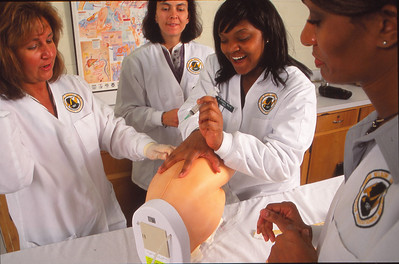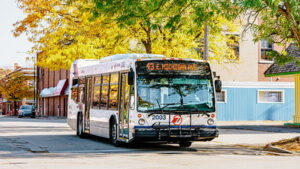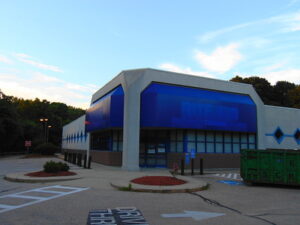According to recent figures, the FAFSA completion rate in Michigan declined for the second year in a row. As of July 30, the FAFSA completion rate here was 52.3%. In comparison, last year’s FAFSA completion rate at this time was 57%. Michigan’s drop in FAFSA completions was slightly larger than the national average of 4.5%. Washtenaw County’s poverty rate plays a big role in declining financial aid requests and declining enrollment.
The FAFSA drop is troublesome because it represents fewer financial aid applications among minority students, low-income students, and first-time students. This is problematic for universities hoping to diversify their student base. Transferring from a community college is one way in which minority students reliably access four-year institutions.
The declining FAFSA rate isn’t just a one- or two-year problem. It’s one that will impact community colleges for years. In addition, the long-term impacts of declining enrollment for typical community college enrollees could be lifelong.
WCC’s crack administrative team should be developing a long-term strategy to find and recruit students who may have skipped an opportunity to enroll at WCC following high school. Washtenaw Community College could be ideally positioned to welcome these students to campus (or back to campus). Its average student is older than the typical college student. This can help older students returning to the classroom feel more comfortable with their plan to meet their educational goals.
Climbing poverty rate means we’re not in a rich community
And although certain WCC administrators believe that “we’re in a rich community“, the poverty rate in Washtenaw County exceeds the national average. Prior to the pandemic, Washtenaw County’s poverty rate was about 16%. Since the pandemic, the poverty rate here has grown. Among Washtenaw County residents who identify as Black, the poverty rate is nearly 25%. High poverty rates exist among other minority groups, too.
For example, 1 out of 5 persons who identify as either Hispanic or Asian live in poverty. 15.5% of people who identify as multi-racial live below the poverty line. About 11.5% of the county’s white residents live below the poverty line right now.
Washtenaw County needs WCC working on its most urgent problems – and poverty is one of them. Washtenaw County must do a lot of work to correct these economic imbalances. And these economic imbalances won’t be corrected by building another hotel or throwing money meant for education at the Health and Fitness Center.
Educational disparities among students of color are another significant problem that requires sustained attention. It’s also a problem that WCC is uniquely situated to address. But WCC’s administrators need to engage with these issues, rather than wasting time making plans for a hotel or congratulating themselves for their brilliant investment in the Health and Fitness Center, which is currently hemorrhaging millions of dollars.
We also need our Trustees to advocate for the disadvantaged in the community. Unfortunately, they don’t seem to be able to put down their own agendas long enough to do that.
Photo Credit: Thomas Nelson Community College , via Flickr





































